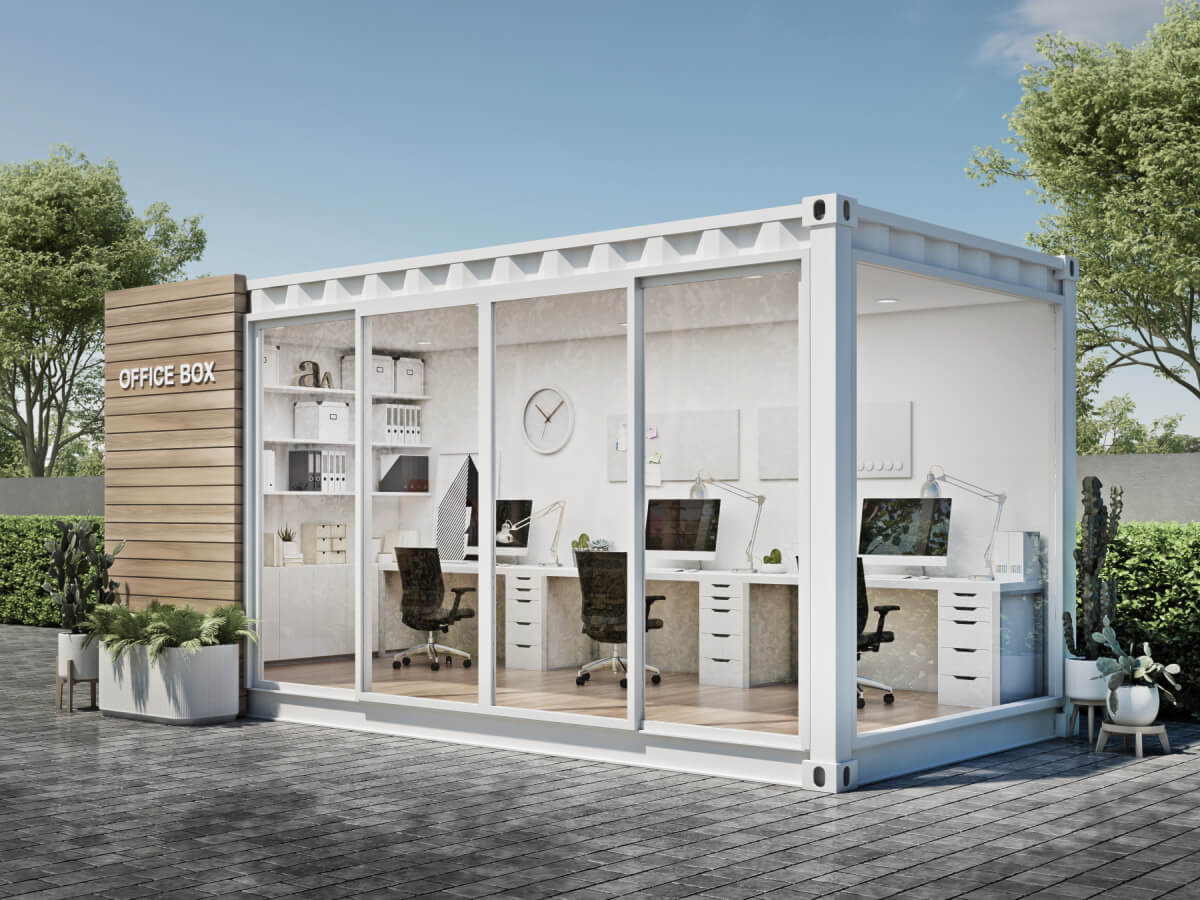The Rationale: A Container Office Is Good in Startups

Expansion Requires Room to Change
A container office is not a pile of iron walls one atop the other in a square. In the case of a startup, it can be something alive—moving, bending and redefining as the team evolves. The youthful companies are not that foreseeable to grow. One week the group consists of six people around one whiteboard. The second is that it is twelve, so it is hard to find chairs whenever an investor call needs to be made. Few offices that are traditional are rhythmic. Containers do. Panels slide. Furniture folds. It only requires a few coffee breaks to transform the meeting rooms into the lounge. Such agility allows space to reflect the unpredictable growth pattern of a company.
Momentum Layout Reflector
Startups breathe momentum. On paper a plan can throttle that speed. Container designs are victorious in movement. Mobile partitions imply that one half could be part of a brainstorming storm and the other half could have silent focus. The team shares power where the power is required. Consider a jazz band: the improvisation turns out to be successful because there is order and freedom simultaneously. Container offices capture the same balance.
Light as a Silent Motivator
In some sense, natural light is undermined. However, what the sun rays accomplish is to make the atmosphere in the office through a big glass window. Staff members are no longer as imprisoned and no longer put under hypnosis. In spurts of inspiration the sunshine breaks through. Afternoons of smoking are not as stingy with an open room. Reflective finishes take daylight a notch deeper into the container and turn a small space into a beehive. The light does not scream; it talks a lot.
Group Work without Chaos
Teamwork can help start-up teams to win, but distractions and chaos can reduce the team to ashes. A container office can provide frontiers and not the walls. Acoustic screens and modular walls help the founders to regulate the circulation of the exchange. Huddles swarm teams or push partitions as a means of isolating part of the thoughts. The balance makes the communication alive without making havoc.
Sound as an Ingredient
Noise cannot be observed, but it is heavy-handed. The hissing of a printer rattling somewhere and some indifferent chatter drifting about the room—these trifling rattles steal the attention. Smart container spaces play like furniture. Distractions are absorbed in acoustic ceiling baffles, padded carpets and walls. There are the soft background soundscapes as well; there is a low hum, which does not sound artificial, but it covers chatter. It is not the design of a noise that the workers perceive, but the workers experience the quietness.
Green Spaces Indoors
Plants do not write code; they optimize code-writing. Plants render it fresher, harmonize the coolness of walls with metal, and standardize the air conditioning. More important is that it cushions the limits of stress. It is a mini-break point of the living wall. Employees should be reminded that they are not confined in a box of irony, and one of the potted trees will serve as a reminder of that. The fact that there are people in life makes sure that the whole team gets grounded, which implicitly contributes to creativity and might.
Background Technology
Startups rely on speed. It should also be technology that can support without encroaching. Container offices are well integrated. Climate control systems have the effect of making air cool and comfortable which is adjusted and controlled automatically. Electric surfaces remove the spaghetti of cords on the desks. Wall projections built onto ordinary panels are used to make them cooperative walls. The most pleasant fact is that none of these features scream. They simply perform and noiselessly lubricate the day-to-day working.
The Influence of Color
The majority of the population does not know that color is created by mood. Bright blue and green bring a balance in the pressure strains. Even the textures of orange or yellow initiate the flashes of energy in brainstorming. In container offices, zoning is usually practiced because it is in the quiet areas that paint color or panels—light colors—are applied and collaborative areas, which have brighter colors. Employees circulate along the color lines, and they have their unconscious mind changed. It’s psychology on walls.
What Founders Use the Reason Containers
When a founder is describing their early years, they describe them as exciting and exhausting. The symbol of such duality is a container office. It creates the impression of control during the period when the rest of the factors are not predictable yet does not bind the team in a chain of strict regulations. There it folds and forms and transforms with them. Space that is equal to their direction rather than the one in a container office is needed for startups that wish to grow fast.
